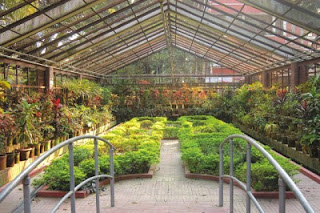AZIMPUR GRAVEYARD:

Azimpur graveyard boundary wall on Peelkhana Road

South entrance of Azimpur graveyard

Central walkway

Tomb of a revered ( Mari Shah) at entry point on the left


Language movement martyr Safiur at right, Artist Hamidur Rahman (L) and Begum Sufia Kamal (C)

View of east side


view of Azimpur graveyard
BANANI GRAVEYARD:

Banani graveyard entry gate


Central area

East side

BANANI ARMY GRAVEYARD:

Entry gate




Old graves of some Pakistani soldiers
MIRPUR GRAVEYARD:

Area earmarked for 'Shaheed' freedom fighters

Mirpur general area

Beggars sit at the intersection of graveyard

Girls making best use of intellectuals' arena

Guide boys show skill on tops (spinning toys)There is no space left for eternal rest for the majority of the people living in Dhaka city in the
five graveyards for Muslim burial. The space crisis is due to heavy influx of city's population and corresponding increase in the number of deaths. In average, daily more than 100 bodies are buried.
Another reason is the purchase of
permanent burial space for the dead (also
advance reservation) by the rich whose numbers have greatly swollen during last 2 decades. The area thus left for ‘common burial’ is now so shrunk that the graves have to be reused within 8-12 months against normal gap of 2-3 years.
Islamic Shariah does not encourage ‘permanent space’ in the graveyard.
The number of permanent graves in Azimpur graveyard alone (old and new) established in 1850 on 32 acres now exceeded 3,900. In Banani graveyard, less than a third area is left for common burial.
The space for a permanent grave at Uttara was sold for Tk.100,000, at Banani for Tk. 60,000, at Azimpur for Tk. 35,000 and Tk. 25,000 at the Mirpur and Jurain graveyard. DCC has now stopped selling space for permanent graves.
Dhaka City Corporation maintains
5 burial grounds for Muslims in the city.
Azimpur graveyard (recorded officially since
1850) is the oldest which covers
32 acres of land.
Mirpur graveyard divided into several exclusive zones (Shaheed, freedom fighters, intellectuals and common) is the largest on
65 acres is the largest, Jurain on
10.1 acres, Banani on
4.5 acres and Uttara on
0.5 acres. Bangladesh
Army maintains its own graveyard north of Banani Municipal graveyard.
In 1868, a list of graveyards within the municipal limits of Dhaka, both private and public, was prepared. In that list,
12 burial places at Champatalli, Begum Bazar, Becharam Dewry, Bangshal, Agha Masih lane and other places were mentioned. There were also many minor burial places within residential areas. This made the city atmosphere filthy and alarming to health.
Dr. Wise, Graham and Nawab Khwaja Ahsanullah signed an agreement for closure of such burial places. The place where Azimpur graveyard is now situated, was away from city limits and was full of bushes. It was selected as the
first municipal graveyard. Yet, the practice of burying bodied in houses and ‘mahalla’ continued for long. Another graveyard later was established on the eastern side in
Jurain.
To cope with the growing pressure, the City Corporation has drawn schemes for more burial grounds in the city, with new sites at
Aftabnagar for 25 acres, at Badda and Goran, and
25 acres at Mirpur.



























































